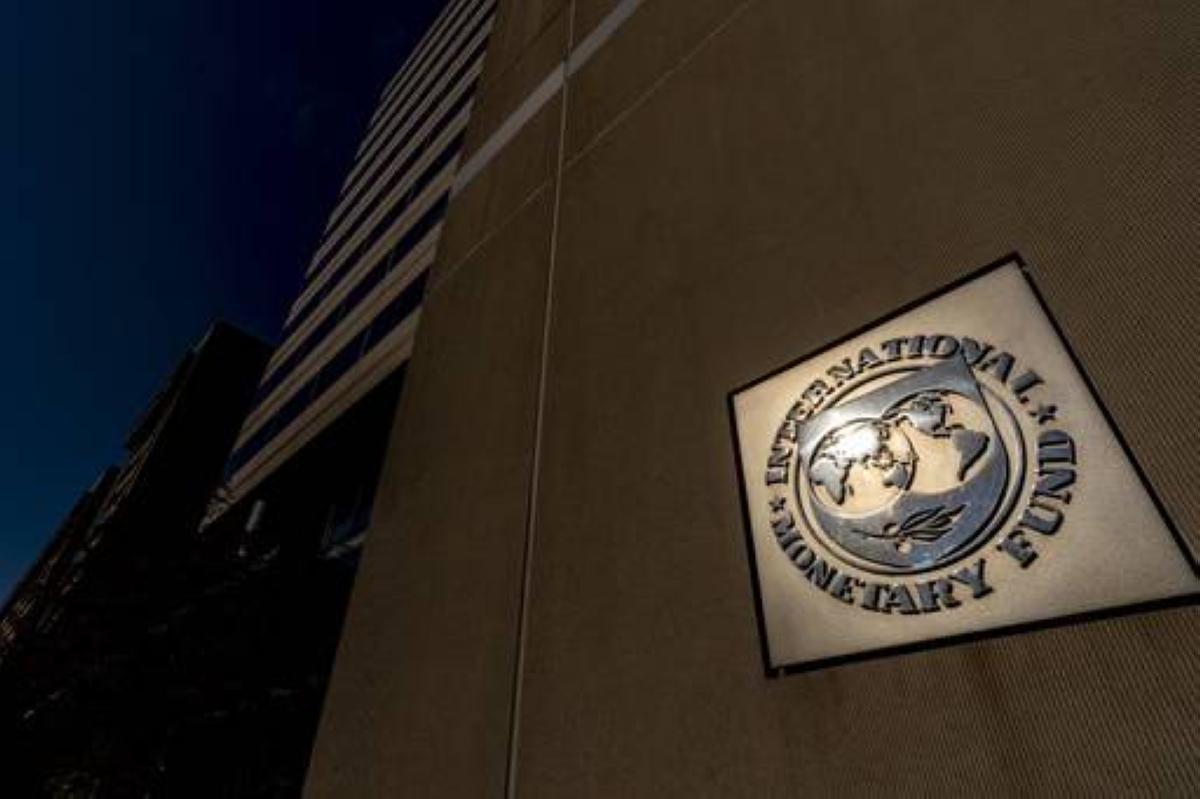THE Philippine economy holds significant potential but comprehensive and ordered structural reforms are needed to unlock this, the International Monetary Fund (IMF) said.
This was one of the appraisals made by the IMF following an annual consultation with local authorities, the results of which were issued in the 2024 Staff Report that was released last month.
It noted the country’s abundant natural resources, untapped blue economy — the sustained use of marine resources — and sizable demographic dividend given its young population.
Economic growth of 7.0- to 7.5 percent — higher than the projected 6.0-6.3 percent — “is feasible, but requires multi-faceted, well-sequenced structural reforms,” the IMF said.
“These reforms, together with enhanced social protection programs, can also help reduce poverty levels and address inequality by creating quality jobs and raising productivity.”
Gross domestic product growth remains below the above 6.0-percent results prior to the Covid-19 pandemic. While it hit 7.6 percent in 2022, it markedly slowed to 5.5 percent in 2023 and appears headed for another below 6.0-percent showing for 2024.
The Philippines scores lower than the Asean median with regard to several trade, economic openness and governance measures, the IMF noted, and the “simultaneous implementation” of reforms could help close the gaps and boost economic growth.
The reforms, it said, should focus on the following:
– Investments in critical infrastructure, including upgrades to the power system; increased renewable energy investments; road transportation, logistics and port improvements and support for digital infrastructure.
– Governance improvements, particularly at the local government level, and the opening of the telecommunications sector to greater competition. These can be supported by the passage of progressive budgeting and government rightsizing laws, continued digitalization across the bureaucracy, and efforts to reduce corruption and improve contract and property rights enforcement.
– Addressing supply-side issues in the agricultural and fisheries sectors, including farmland fragmentation, low access to credit and insurance and further reducing tariff and nontariff barriers.
As for harnessing the demographic dividend, the IMF said that this would require sustained investments in human capital and education system reforms.
“The Philippines has a window of opportunity of about 20 years to take advantage of its young population, requiring strategic investments in nutrition, health, and education,” it said.
“Standardized exams point to low educational outcomes at present, with a 90 percent learning poverty rate among primary school-age children,” it added.
Worker upskilling will be crucial for a shift to digital and green jobs, while increasing female labor force participation — at 53.4 percent in September 2023 compared to 74.7 percent for males — can enhance gender equality.
As previously reported, the IMF warned that advances in artificial intelligence (AI) could affect the Philippines’ service-based economy, with 14 percent of the total workforce could be replaced by AI.
“To ensure that the gains from implementing AI are widely shared, the authorities will need to invest in digital infrastructure and education and strengthen the social safety net,” it recommended.
Lastly, the IMF said that multifaceted actions, particularly on the domestic front, are needed to address the impacts of climate change and green the economy.
The Philippines, it added. will continue to become hotter and floods will likely become more frequent given heavier rains.
“While globally coordinated actions can help, climate adaptation remains critical,” the IMF said.
This will require investments in resilient infrastructure, support for vulnerable households, and adoption of green public finance management practices that will be facilitated by a climate public investment management assessment.
Incentives and carbon pricing could benefit financing for the country’s national climate plans, the IMF said, while added financial support from development partners and the private sector will be key to achieving adaptation and mitigation objectives.

